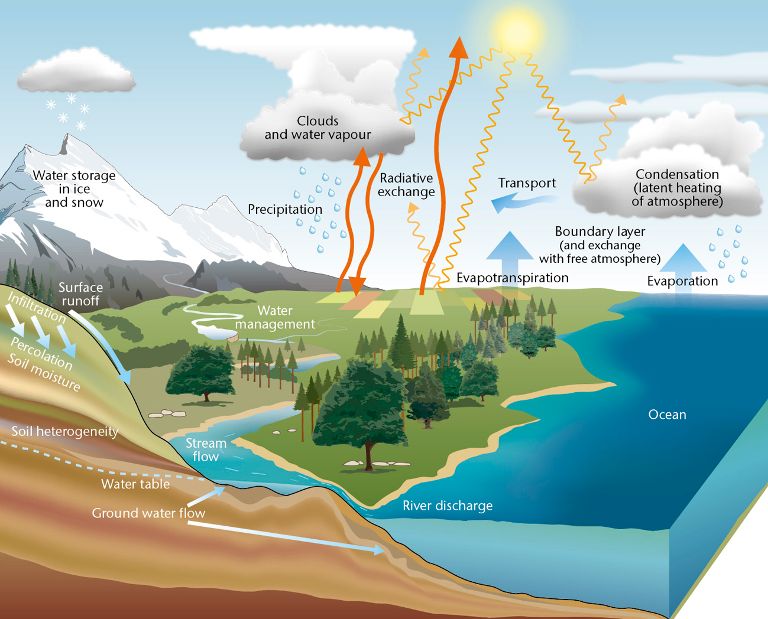The purpose of this lesson is to teach students that plants provide people with food, clothing, shelter, and many other things that we use in our daily lives.
ACTIVITY 1:
List three items you use every day.
Trace each of those items back to a plant by drawing a picture.
ACIVITY 2:
Make a list of things that people get from plants. List and discuss each item.
Compare your list with this one:
Food: vegetables, fruit, meat, eggs, dairy, etc.
Oxygen: plants make this through photosynthesis
Clothing: cotton jeans, flax, and rayon fabric
Medicine: herbal teas, cancer treatment medicines developed from bark of the Yew tree, active ingredient in aspirin was developed from the bark of willow trees, etc.
Paper: from wood pulp
Furniture: lumber from trees
Cosmetics: plant dyes, plant oil fragrances, nut shell exfoliants in facial wash, etc.
Energy sources: biofuel, firewood, etc.
Shelter: lumber from trees and straw bales for homes.
ACTIVITY 3:
Distribute the following plant products to each group.
Cotton fabric
Flower
Fruit
Maple syrup
Granulated sugar packet
Perfumed vegetable soap
Vegetable
Paper
Wooden object
Discuss the origin of each product. Try to fit the using
People Need Plantsworksheet, and fill out the appropriate spaces.
After groups are finished, ask one group where they placed each object.Conclusion: Humans depend on plants for survival. Variation: Instead of doing the worksheet in groups, fill it out as a class while the teacher holds up an example of each item on the list.
 https://www.metoffice.gov.uk/weather/learn-about/weather/how-weather-works/water-cycle
https://www.metoffice.gov.uk/weather/learn-about/weather/how-weather-works/water-cycle